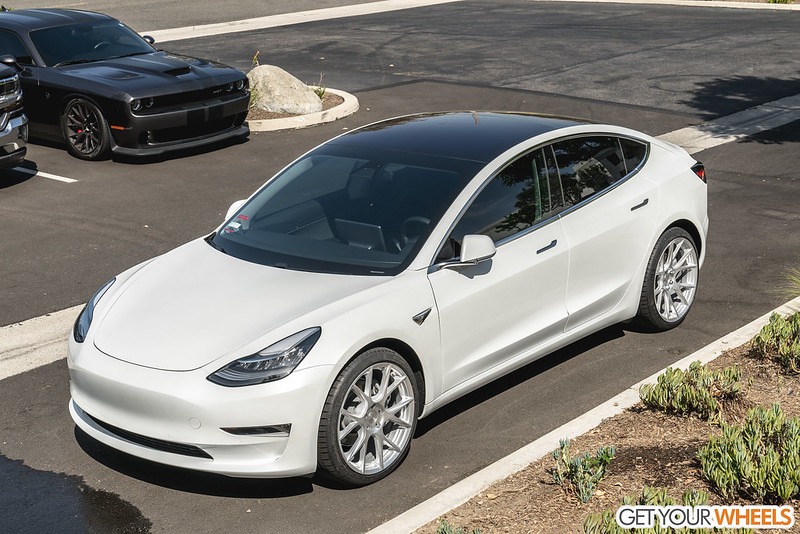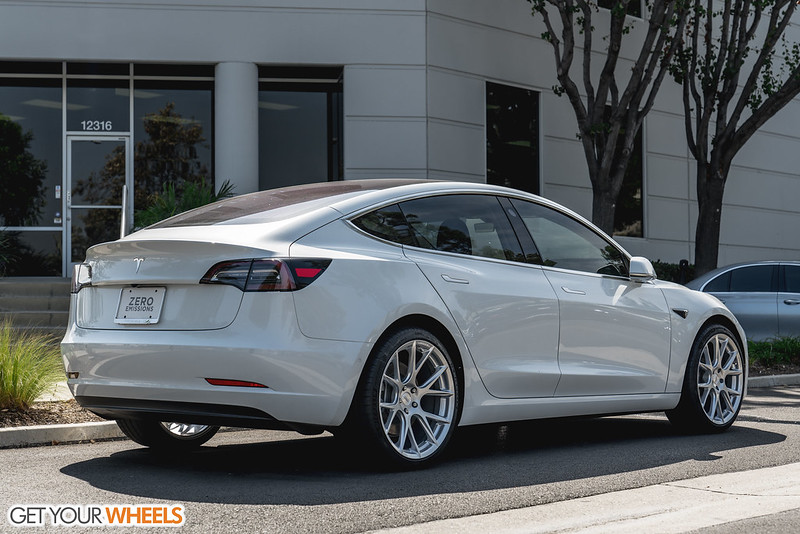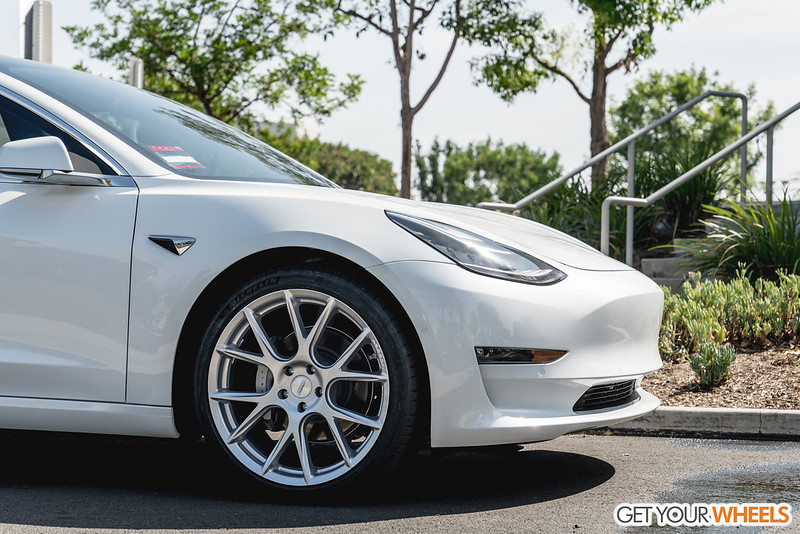Aren’t they also different compounds? Was under the impression the Tesla rubber lasted longer, hence the difference in rating?
same compound but the acoustic tech just has a higher suggested tread wear rating
You can install our site as a web app on your iOS device by utilizing the Add to Home Screen feature in Safari. Please see this thread for more details on this.
Note: This feature may not be available in some browsers.
Aren’t they also different compounds? Was under the impression the Tesla rubber lasted longer, hence the difference in rating?
Just came back from the tire shop after installing new MRR GF 07 19x8.5 +30mm wheels square set up with Michelin Pilot S4S 245/40/19. Ran into an issue with the TPMS sensor/valve stem. Not sure if anyone else came across this when installing new wheels. I re-used the OEM TPMS sensors and valves since the sensors are already programmed to the car. When it was done, we noticed that the valve stem was scraping against the calipers in the rear wheels only. Apparently, the solution is to either use a short stem adapter or switch to a band TPMS sensor. Anyone else run into this? Will there be any issues using a band sensor? Spoke to Josh @ Getyourwheels and he suggested installing a short valve stem adapter that looks like a lollipop (see last pic). Tire shop said they don't recommend it because by using an adapter the sensor is pushed further into the middle of the wheel, and if you get a flat, you'd crush the sensor. So sounds like band sensor is the best option?
Temporary solution was to leave the TPMS sensor out and install a 90 degree rubber valve stem. I don't currently have a TPMS sensor but I haven't seen a flat tire/low pressure warning from the car.
Got a side shot with better lighting?No spacers, I'm lowered on air, so my height is adjustable.View attachment 341590
I'll try and get one today, might have to be one in the garage. Do you have a height prefference?Got a side shot with better lighting?
OMG A MODEL 3 ON BAGS!No spacers, I'm lowered on air, so my height is adjustable.View attachment 341590
All the way down and also one with a little bit of the rim tucked (1/2” or so). Thanks!I'll try and get one today, might have to be one in the garage. Do you have a height prefference?
No problem, I'll try to take when I get home tonight.All the way down and also one with a little bit of the rim tucked (1/2” or so). Thanks!
This is aired outAll the way down and also one with a little bit of the rim tucked (1/2” or so). Thanks!
sick, i think i saw a video of your car at a car show. got a IG i can follow?This is aired outView attachment 341771
2low4ev, lolsick, i think i saw a video of your car at a car show. got a IG i can follow?
forgot to mention, I follow you on youtube, if that is your handle there as well, I started with your chrome delete video before I even received my Model 3sick, i think i saw a video of your car at a car show. got a IG i can follow?




Yes thats me haha thanks for the support!forgot to mention, I follow you on youtube, if that is your handle there as well, I started with your chrome delete video before I even received my Model 3


